What’s on Principal Steve Carroll’s schedule? In between the work that keeps every principal busy, he also has harvesting peppers with the kids penned into his calendar — and that’s an appointment he’s not going to miss.
This is all happening at Southside Elementary in rural Lee County, Kentucky. Southside serves 200 children, 86% of whom qualify for free and reduced lunches, and is one of the 173 schools participating in our Summer Reading Success program. Through partnerships with the local 4-H and the University of Kentucky, Southside students are also involved in two programs that allow them to see first-hand how food is cultivated and where it comes from. And now their teachers are connecting these lessons to math, science, and reading using their RIF books.
Teachers across the country are doing more than we could have imagined to engage kids in learning using the tools we’ve given them. We’ve talked a bit about our Summer Reading Success program and the elements that make it unique and effective: resources for parents, trainings for teachers, multicultural book collections for 2,800 classrooms, and, of course, tables full of books for kids to choose from and keep for themselves. But there’s even more than that going on in these schools.
On Southside’s campus, elementary school students are growing cherry tomatoes and peppers right outside the cafeteria window, then learning to make salsa with them and seeing their very own veggies appear in the lunch line. Parents are getting involved, too. After all, “When you’ve got thirty kindergarteners making salsa, a few extra hands are always good!” Principal Carroll told us, laughing.
The second program, part of a research project by the University of Kentucky, is connecting the school to local farmers and their goods. Following from the idea that children who understand where their food comes from will eat more of it, the project involves filling the cafeteria with fresh fruits and vegetables from local farmers, as well as taking students out to visit the farms where their food is grown.
And it doesn’t end there. Southside teachers have taken the opportunity to bridge these programs with other areas of learning using the multicultural collections we’ve given them. Books like No Monkeys No Chocolate, First Peas to the Table, The Patchwork Garden, How Did That Get In My Lunchbox?, and Grandpa’s Garden all include themes of gardening, nutrition, and eating food you’ve grown yourself. Using our activities, students learn about growing food before their trips and harvests, and can practice math skills of measuring and estimating, all while strengthening their reading skills. If you’re gardening with your little one, you can do the same thing! Download our activity sheets to use with the books for related vocabulary, math exercises, and questions to get kids really thinking, and stay tuned for more ideas on how to use children’s books to teach content and keep it fun!
Having reached a significant milestone in our partnership with Kappa Kappa Gamma as their national philanthropy, it seems like a good time to take a moment to say, “Thank you, Kappas!” Thank you for your commitment to the RIF mission of putting books into the hands of underserved children. Thank you for the critical role you play as volunteers and fundraisers. Thank you for a 10-year partnership that we know is making a difference for students nationwide.
Next month, we’re honoring Kappa Kappa Gamma as RIF’s October Donor of the Month for all that the organization and its members do to bring the joy of reading to children. We know that Kappas are holding fun-filled “Reading Is Key” events at local programs where they inspire children to become the next generation of book people. Kappas have helped raise more than $435,000 – that’s 174,000 BOOKS! – for RIF National during our partnership, above and beyond funds raised for local RIF programs.
This summer, we had a blast joining the Kappas at Convention in Houston where we had the opportunity to celebrate this milestone, discuss the impact of Kappas’ philanthropy work, and launch a great new set of tools: a Kappa-inspired RIF book collection, book pack, and literacy activity sheet! Representing core Kappa values from friendship to community service, these resources are an exciting new way for Kappas to support RIF programs.
Thanks again to our great literacy partners at Kappa Kappa Gamma!
This summer, we partnered with 21 Boys and Girls Clubs in Delaware for an eight-week summer reading program serving 1,515 children!
Through a research project, we were able to donate 8,800 books and activities. A Summer Reading Kick-Off featured parent and community volunteers to read with and to children, with Sallie Mae volunteers reading to children during the week-long kick off from May 12 to May 16. These pictures were taken at the Dagsboro Boys and Girls Club back-to-school RIF celebration, featuring Betty Harmon’s team of 250 kids from Rehoboth Beach, Oak Orchard, Georgetown, and Dagsboro clubs. Each child received a RIF bag, a t-shirt, and, of course, BOOKS!
Anthony Boswell, Chief Operating Officer of Boys and Girls Clubs of Delaware noted, “Research clearly indicates that when kids don’t read appropriately leveled books over the summer months, they can lose comprehension skills. I am excited that we can help our kids improve their reading. This is one of the best things we can do to improve their future opportunities.”
Because children often associate reading with school and work, a major goal was to encourage the children to enjoy reading, and to spark an interest the information within the covers of a book. Parents, very supportive from the beginning, were eager for this kind of addition to the Boys and Girls Club programming!
September 15 to October 15 marks a month to recognize and celebrate the cultures and contributions of Americans whose ancestors hail from Mexico, Central and South America, the Caribbean, and Spain. Be sure to look into local events or exhibits by museums and libraries near you for different ways to engage the children in your life. We’ve also collected some of our favorite reads for learning about Latin American food, art, writing, and history:
 |
Yum! ¡Mmmm! ¡Que rico! Americas’ Sproutings by Pat Mora, Rafael López (illustrator) – Bright, energetic illustrations and clever food haikus guide you on a culinary tour of the Americas. |
 |
El Fandango de Lola by Anna Witte, Micha Archer (illustrator) – Lola wants to learn to dance flamenco like her mom used to, so Papi starts giving her secret lessons. Can she practice enough to surprise Mami on her birthday? (en español) |
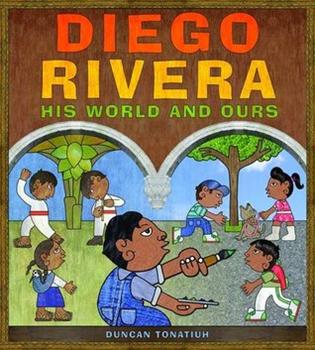 |
Diego Rivera: His World and Ours by Duncan Tonatiuh – Diego Rivera, one of the most famous painters of the twentieth century, was once just a boy who loved to draw and paint. What stories would he tell through his art if he were painting today? |
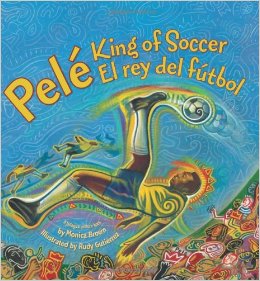 |
Pelé, King of Soccer by Monica Brown, Rudy Gutiérrez (illustrator) – Does the soccer fan in your house know the story of Pelé, the King of Soccer? Even a poor boy with no sneakers and a grapefruit instead of a ball can become a hero – and did! |
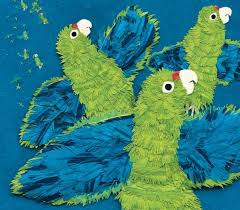 |
Parrots Over Puerto Rico by Susan L. Roth, Cindy Trumbore – Through stunning collages, discover the fascinating history of Puerto Rico’s people and its rare parrots. |
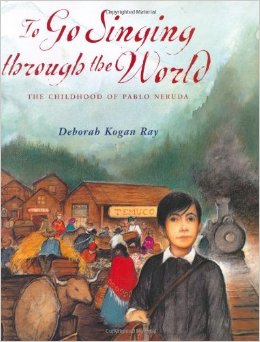 |
To Go Singing through the World: The Childhood of Pablo Neruda by Deborah Kogan Ray – The story of Neruda’s childhood, mixed with excerpts from his own writing, weave together the tale of the shy boy who became one of Latin America’s most celebrated writers. |
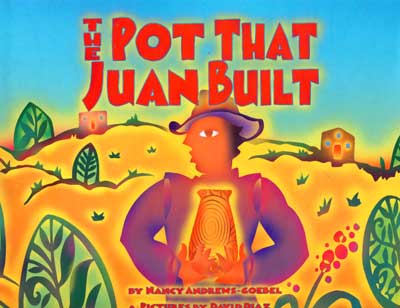 |
The Pot That Juan Built by Nancy Andrews-Goebel, David Diaz (illustrator) – Meet Juan Quezada, whose re-interpretation of traditional pottery transformed a poor Mexican village into a community of artists. |
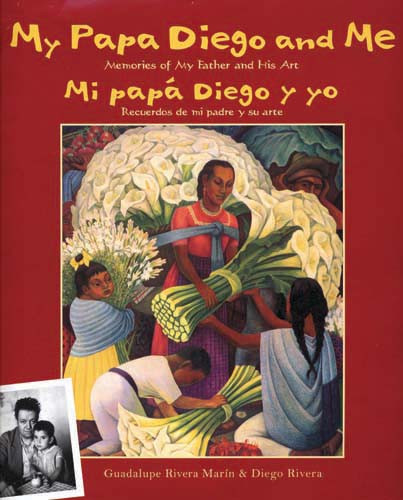 |
My Papa Diego and Me by Guadalupe Rivera Marín, Diego Rivera (artwork) – Diego Rivera’s daughter shares stories in English and Spanish about her childhood, her artist father, and the children in his paintings. |
It is with heavy hearts that we announce the loss of Arthur White, a founding member of RIF, social justice leader, and lifelong advocate for children and families.
In addition to co-founding RIF and serving as emeritus board member, Arthur founded Jobs for the Future, a non-profit focused on job education and training needs. As Educational Advisor to the U.S. Bureau of Prisons, he was also successful in establishing the Connecting through Literacy: Inmates, Children, and Caregivers (CLICC) project in partnership with RIF. CT Appleseed-CLICC works to improve the literacy and family relationships for at-risk children who have a parent in prison. Read the New York Times obituary for more on his inspiring life.
A service will be held in Arthur’s memory on Sunday, August 31 at 11:00am, at Temple Beth El, 350 Roxbury Rd, Stamford, Connecticut.
The White family asks that memorial gifts be made to CT Appleseed Connecting through Literacy: Inmates, Children, and Caregivers in Arthur’s honor.
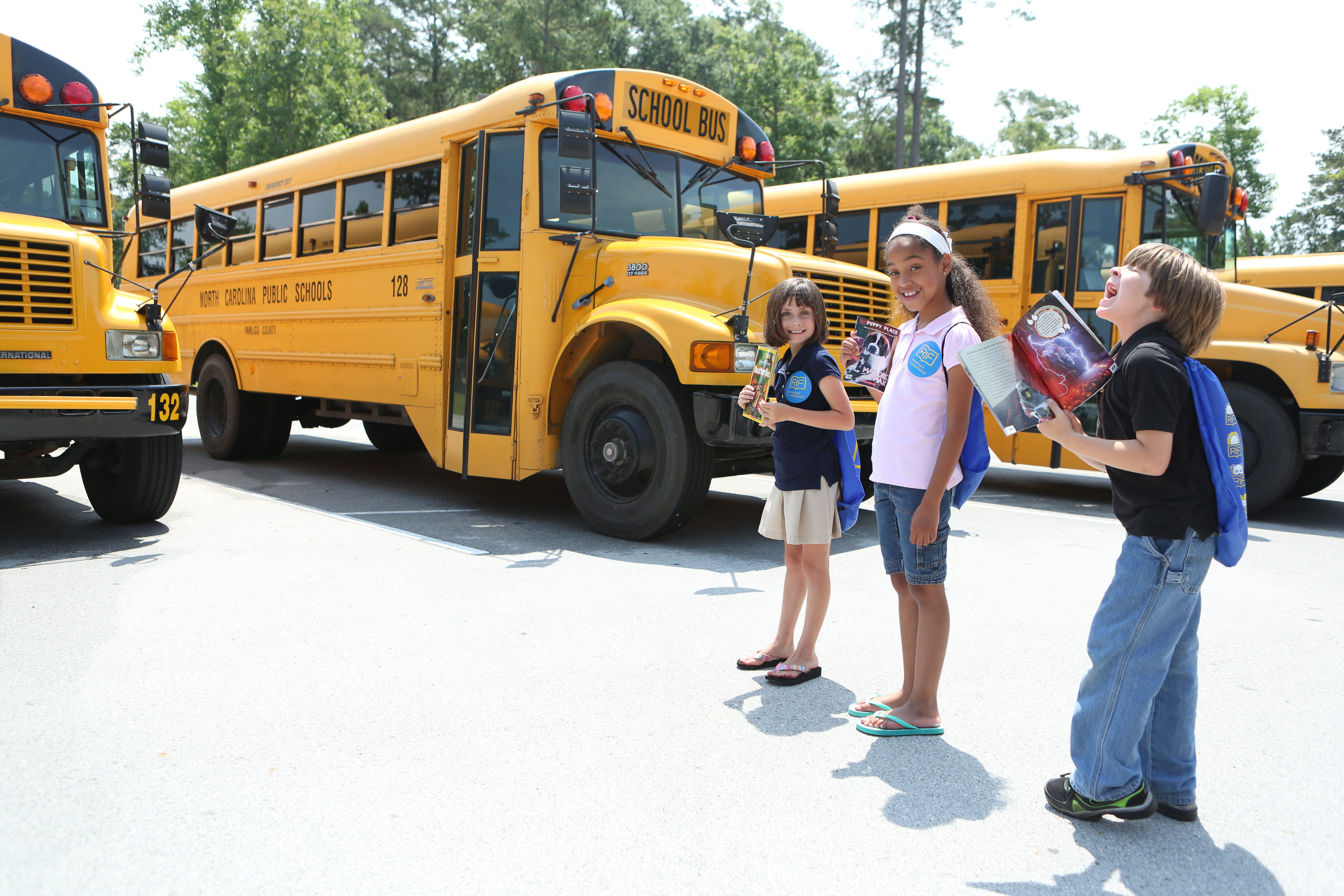
As the summer winds down, kids are selecting their first-day-of-school outfits and preparing to board yellow buses. Since most children living in poverty have no books to call their own, some of their backpacks will be lighter than others. But we’re working to change that.
With your help, we can give twice the books to kids in need this back-to-school season.
Through September 30, when you give to RIF, Barnes & Noble College will double your gift up to $50,000. That means twice the journeys kids will go on through books, and twice the characters they’ll encounter. It could mean double the vocabulary they look up and learn, or the dreams they imagine for themselves after finishing a story.
So get in the spirit and help us send kids back to school with double the books this year.
For even more smiles, here are some stories about kids in classrooms that are sure to get your young one excited to head back to school:
 For National Aviation Day, we are delighted to share this note from RIF friend Reeve Lindbergh, author and daughter of aviator Charles Lindbergh.
For National Aviation Day, we are delighted to share this note from RIF friend Reeve Lindbergh, author and daughter of aviator Charles Lindbergh.
Nobody Owns the Sky:
How the Book Came to Be
By Reeve Lindbergh
Some time when I was growing up, I’m not exactly sure when, I learned that my father, Charles Lindbergh, was an American hero. In 1927, almost twenty years before I was born, he had flown alone in a small airplane called the Spirit of St. Louis across the Atlantic Ocean from New York to Paris, something that had never been done before. The flight took him just over 33 hours and made him world-famous at the age of twenty-five.
Newspaper reporters followed him everywhere he went, by himself or later when he was with my mother. She became a pilot too, and served as his co-pilot and navigator on flights they made together to survey early airline routes all over the world.
My father thought that he had become too famous. He was glad that he’d made the flight to Paris and he wanted people to believe in aviation, which was very new in those days, but he didn’t like being followed or treated like a celebrity. He and my mother wanted to have a normal life so they could raise their five children: me and my sister and our three brothers. Our parents found a quiet place to live in Connecticut and worked very hard to keep our daily lives free of reporters and media attention.
 They did such a good job that I did not fully understand how famous my father was until I grew up and left home. Then I discovered that there were museums with Lindbergh exhibits all over this country, including the Smithsonian National Air and Space Museum in Washington D.C., where you can see both the Spirit of St. Louis and the Lockheed Sirius seaplane my parents flew together on the survey flights.
They did such a good job that I did not fully understand how famous my father was until I grew up and left home. Then I discovered that there were museums with Lindbergh exhibits all over this country, including the Smithsonian National Air and Space Museum in Washington D.C., where you can see both the Spirit of St. Louis and the Lockheed Sirius seaplane my parents flew together on the survey flights.
By the time my father died in 1974 I had grown up and started my own family. I missed my father, and in 1977 I attended celebrations honoring the 50th anniversary of his famous flight to Paris. Ten years later there were celebrations for the 60th anniversary, but I had a newborn baby and needed to stay home with my family.
While I was at home during that time I saw a PBS documentary film about flying, produced by Philip A. Hart. His great-uncle, Herman Banning, had been a pioneer aviator. The film was called Flyers in Search of a Dream, and it was about a group of pilots who flew at the same time my mother and father did in the 1920’s and 1930’s. They were just as brave and skilled and adventurous as my parents, but they didn’t receive as much attention. They were pioneer black aviators. At that time in history most black Americans were badly treated and their achievements neglected. It seemed to me that if my parents got too much attention for their pioneer aviation adventures, the black pilots definitely got too little. I wanted to learn more.
Of all the aviation pioneers in Philip Hart’s film, Bessie Coleman interested me the most. Maybe it was because she was beautiful, or because she was lively and independent and eager to learn. I think, though, it was because she didn’t let anything stand in the way of her dreams. Everything was against her when she was growing up: she was poor, she was black, and she was a woman. Women of any race could not even vote in the United States until 1920, and for a black woman to become a pilot was out of the question. Everywhere she went asking to learn to fly, she was told “No!” But Bessie Coleman did not take “no” for an answer.
While she was working as a manicurist in Chicago, Bessie learned that she might be able to learn to fly in France, where there was much less racial bias than in the United States. With the help of friends in Chicago she sailed across the Atlantic Ocean to France in 1921. She studied flying at a French flying school and received her international pilot’s license there, becoming the first licensed black pilot in the world.
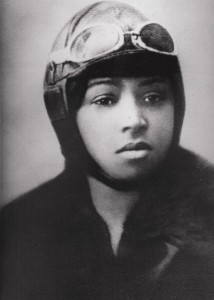 Bessie wanted other people, especially other young black people, to learn about flying. She traveled in Europe and throughout the United States, giving lectures and performing in air shows and exhibitions. Crowds began to gather whenever she appeared. She had followed her dreams and she was teaching others to do the same. Then, tragically, in April of 1926, while she was flying over a field in Jacksonville, Florida with another pilot the day before an exhibition, Bessie’s plane had a mechanical failure, went into a nosedive and crashed, killing both pilots.
Bessie wanted other people, especially other young black people, to learn about flying. She traveled in Europe and throughout the United States, giving lectures and performing in air shows and exhibitions. Crowds began to gather whenever she appeared. She had followed her dreams and she was teaching others to do the same. Then, tragically, in April of 1926, while she was flying over a field in Jacksonville, Florida with another pilot the day before an exhibition, Bessie’s plane had a mechanical failure, went into a nosedive and crashed, killing both pilots.
More than 5000 people attended Bessie Coleman’s funeral service in Jacksonville. Another 10,000 people filed past her coffin to pay their respects in Chicago, where she was laid to rest.
One year later my father, a young man from the Midwest who had just spent several years flying the U.S. Mail from Chicago to St. Louis, flew the Spirit of St. Louis from New York to Paris and into the pages of history books.
After I watched Flyers in Search of a Dream I wanted to celebrate the story of Bessie Coleman and the other black aviators. I wanted to honor the courage they showed, first by challenging racial barriers and overcoming obstacles my parents never had to face, and then by going on to join the company of pioneering American aviators.
When I started to write my own book about Bessie Coleman, I found that her story came to me as a rhyme. Later the rhyme became a book. This is how it begins:
There was a young woman who wanted to fly,
But the people said, “Kiss that wish good bye!
The sky’s too big and the sky’s too high,
And you never will fly, so you’d better not try.”
But this woman laughed, and she just said, “Why?
Nobody owns the sky!”
More children’s books by Reeve Lindbergh include:
- Our Nest
- On Morning Wings
- The Circle of Days
- What Is The Sun?
- If I’d Known Then What I Know Now
- There’s a COW in the Road!
- Grandfather’s Lovesong
- The Midnight Farm
- Benjamin’s Barn
- The Day The Goose Got Loose
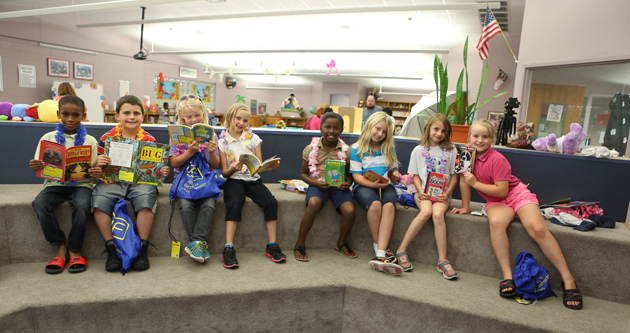
Who says science is boring?
Certainly not the elementary school children we are working with across the country through our Summer Reading Success Program, funded by an Innovative Approaches to Literacy (IAL) grant from the U.S. Department of Education. In our program, as well as in the annual book collection that we started in 2007 with Macy’s support, we have focused our efforts on identifying ways in which science, technology, engineering, the arts, mathematics (STEAM), and other content areas can be introduced through books for children. After listening to teachers and parents and studying the research on reading with and to children, we have embraced three basic tenets about literacy and learning:
- Literacy — reading and writing — is a vehicle for any content teachers and parents want to teach.
- Content knowledge, with its specific vocabulary, needs to be taught and re-taught in a context.
- Most children are fascinated from birth by the world around them.
Why not?
Why not take what we know about literacy, STEAM topics, children’s learning, summer learning loss, and recent research on the critical need for access to interesting books and choice in reading and apply it? Why not take advantage of young children’s natural curiosity and excitement about their environment and identify books that lend themselves to STEAM-related activities that teachers and parents can do with their children? Why not provide students, parents, classrooms, and teachers with good and interesting books that reinforce these concepts in developmentally-appropriate ways, with opportunities for doing and observing? STEAM content knowledge and vocabulary are critical to build a foundation for success later in school. What better way than to introduce them through lots of good books?
What we’re doing
Through Summer Reading Success, we are working with teachers and students in 173 schools in 41 school systems across 16 states.
Over the past two years, we have distributed 762,080 books to over 3,000 classrooms and 33,000 children in a research project focused on stopping summer learning loss for children in areas of high poverty. Our annual classroom book collections of 40 carefully reviewed and selected titles, paired with activities for teachers, parents, and volunteers, connect to the classroom curriculum and help teachers extend and support learning in science, technology, engineering, the arts, and mathematics. At the end of the school year, schools hold a Summer Reading Kick-off event during which participating second, third, and fourth graders choose eight paperbacks out of a broad selection of STEAM-themed books matched to their reading levels. Children have the opportunity to select the books that interest them, and then keep those books to read and share at home.
How it’s going
“We’re watching the migration patterns of whales. Did you know you can track them? And you can figure out how many miles they travel and then mark that on a map? Want to watch, Dr. Judy?”
This was my welcome from second graders in a place so rural that neither my cell phone nor my GPS could get service. These children were using the books and materials RIF had supplied to their teacher – and they wanted to tell me about it from the second I walked through the door.
Children and families in the 173 schools in our Summer Reading Success program are finding creative ways to combat summer learning loss. Research tells us that children can lose one to three months of reading ability over the summer, which can add up to four years of loss by the time a student graduates from high school. We’re working to curb that deficit and set up children for success. The results of our study will be in by the end of this year, but preliminary findings are already promising — as are reports from principals, teachers, superintendents, and parents. Stay tuned!
As one principal wrote about our project, “To put books into the hands of children is critical; to put lots of new books – with content connections, beautiful illustrations, and strong vocabulary, at the children’s reading and interest levels – for children to then choose, read over the summer, and own, is brilliant.” We happily and humbly accept that compliment! And we thank families, schools, and the U.S. Department of Education’s Innovative Approaches to Literacy grant for helping us make that happen.
RIF kids have a message for Macy’s and everyone who supported our Be Book Smart campaign this year:
This summer, children will explore new worlds because of you. They will travel to outer space. They’ll make new friends and meet fantastical creatures.
Thanks to you and our 11-year partnership with Macy’s, we’ve given millions of kids in need free books that will take them to places they’d never dreamed possible. Read the official press release for more on this year’s campaign.
Our 2014 Be Book Smart campaign may be over, but those children’s journeys are just beginning — and your contributions will help them write their best life stories.
We’d also like to extend a shout-out to every person who entered our photo sweepstakes to help spread the word about Be Book Smart and the importance of summer reading. Enjoy the winning photos below:
When summer rolls around, we’re all ready for a break. Whether that’s romping about outside, spending time with friends, or catching up on sleep, everyone has an idea of what it means to relax and recharge. But it seems like reading is getting left off the list.
In a new survey from RIF and our partner Macy’s, we asked over 1,000 parents of children ages 5-11 to talk about their kids’ summer reading habits. What we found was not all sunshine: during the summer, children spend nearly three times as many hours weekly watching TV or playing video games as they do reading.
Despite research that shows the importance of summer reading in preventing kids from losing literacy skills, only 17% of parents think reading is a top priority over the summer. 60% of parents surveyed didn’t believe their child loses reading skills over the summer, although existing research highlights summer learning loss as a major problem, especially for children from low-income families.
Here’s what else we learned:
- On average, parents say their child spends about 17 hours a week watching TV or playing video games, another 17 hours a week playing outside and only about 6 hours a week reading.
- Parents who consider reading to be extremely or very important are twice as likely to have a child who reads every day.
- Children who were involved in a reading program last summer were up to two times more likely to read every day — but over half of parents said their child did not participate in a reading program at all last summer.
- Last summer, children who read because they wanted to were twice as likely to read than children who read because they had to.
- Despite the proliferation of e-books and digital formats, 83% of parents said their child preferred print books for summer reading, compared to 7% preferring tablets and 4% preferring e-readers.
While summer is the best time for all those experiences that make childhood so sweet — ice cream, camping, fireworks — it’s also a special time when children can choose to read exactly the books that interest them. Remember to let kids pick the books they want to read, and dig in to our special summer materials to work reading into all kinds of activities.
Download these goodies today!
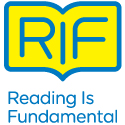

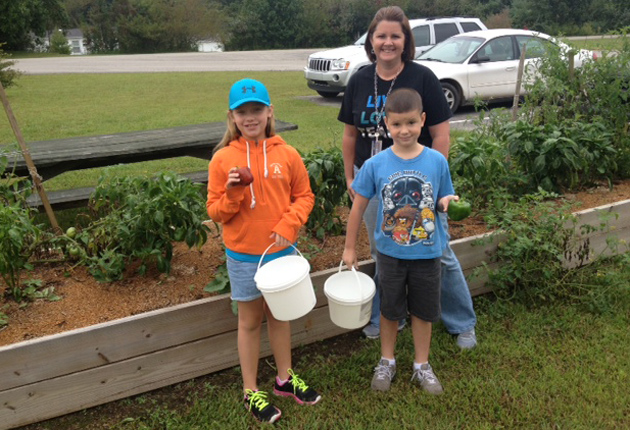
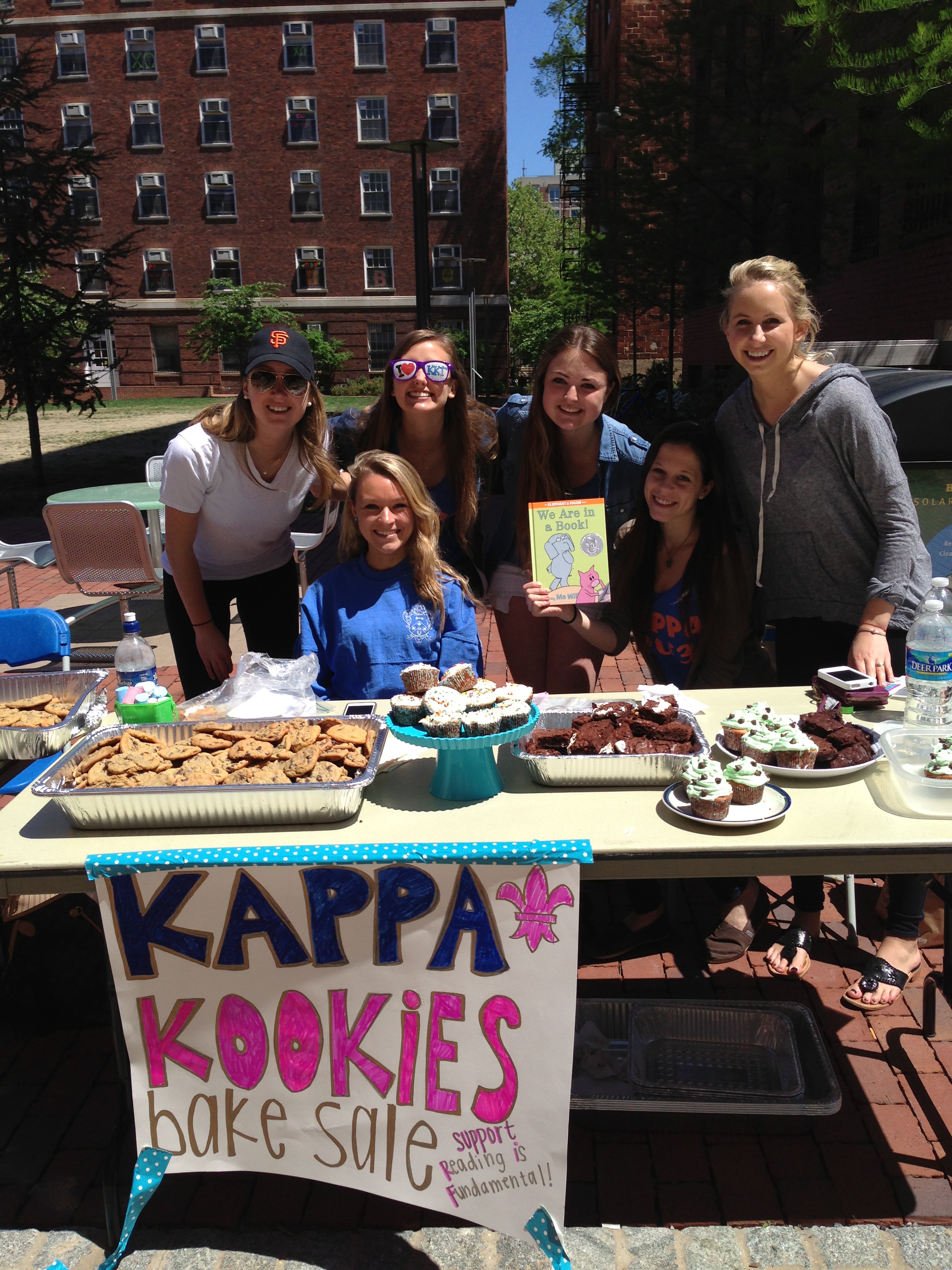
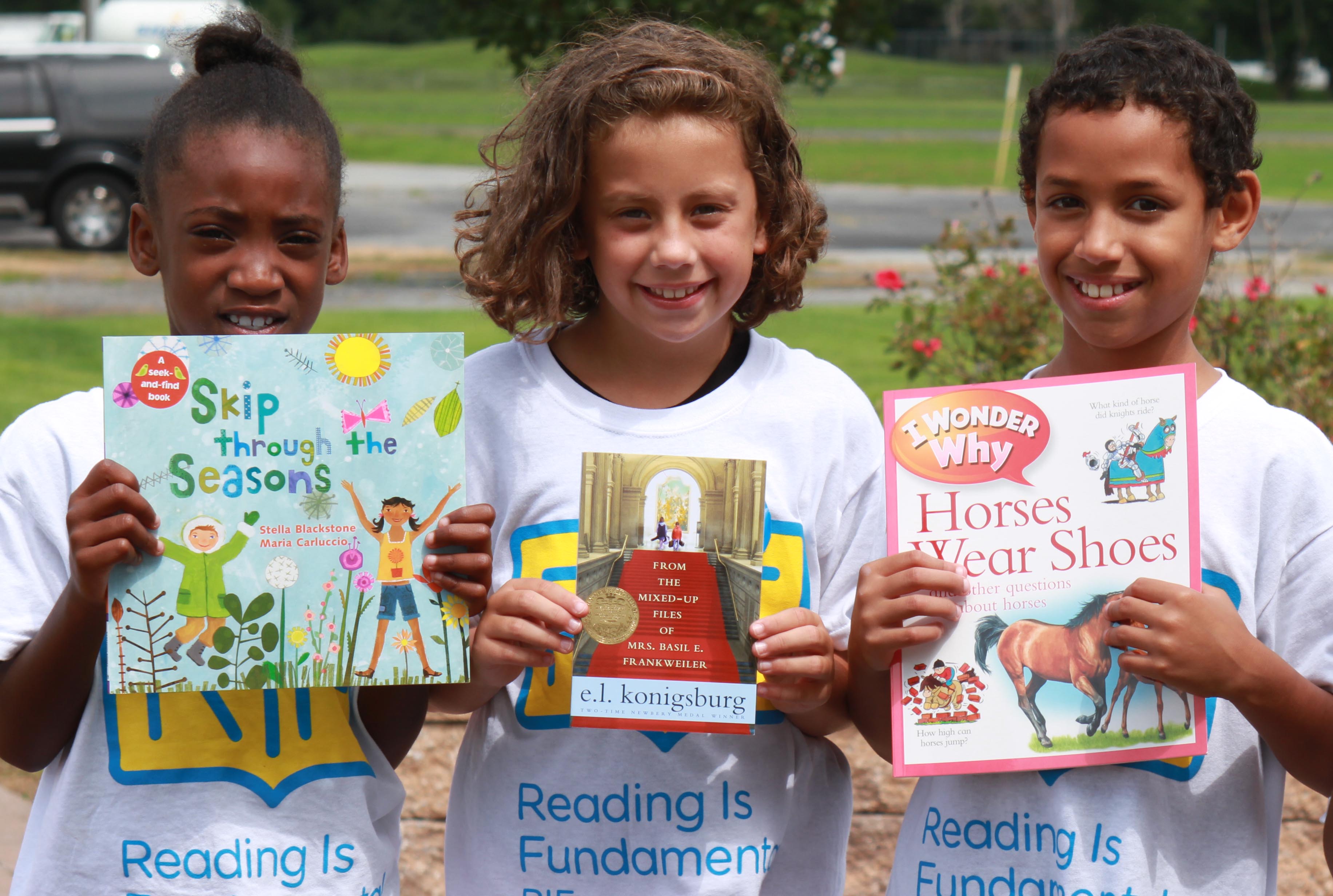
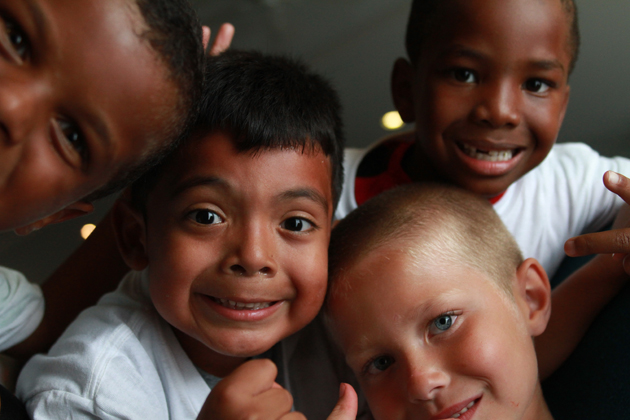


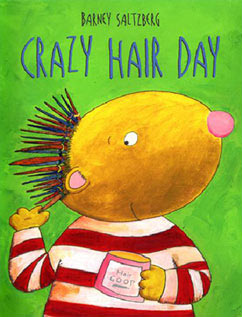
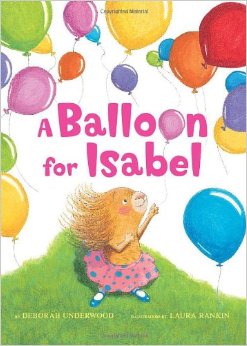
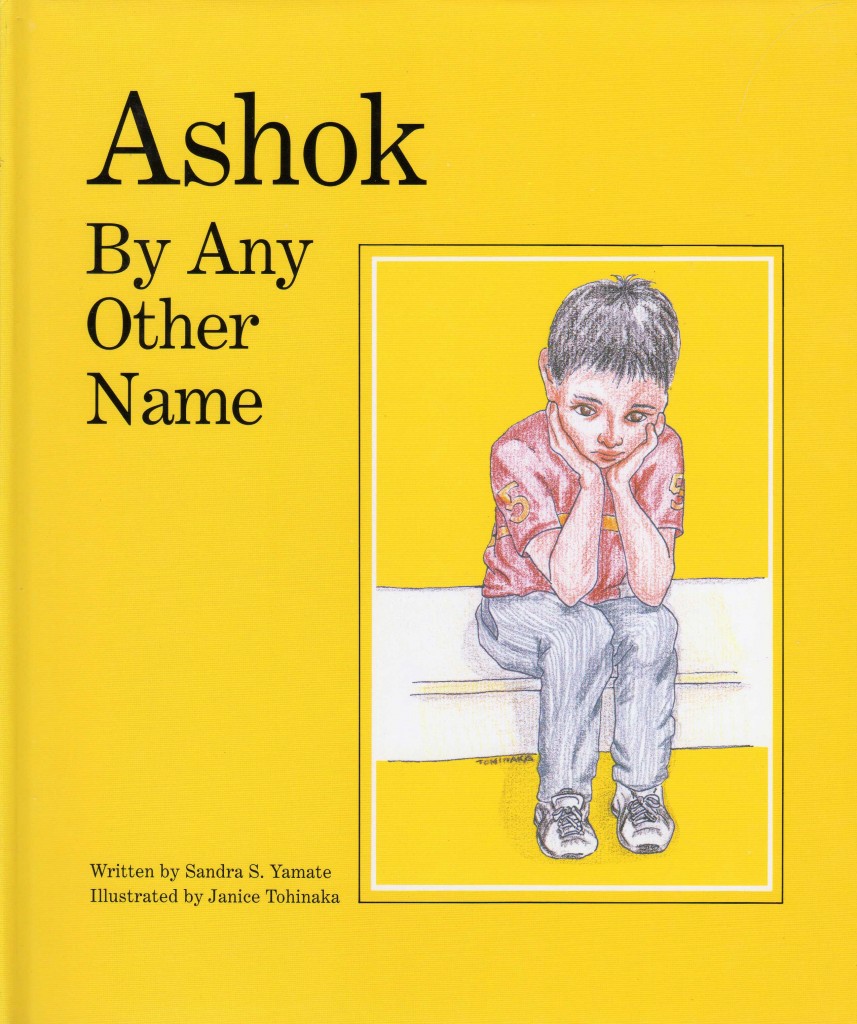
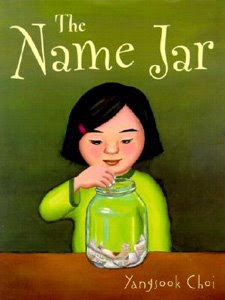

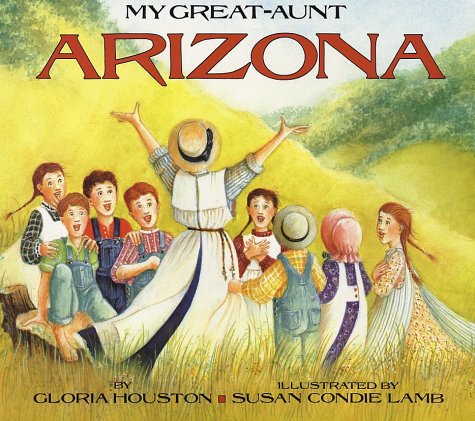
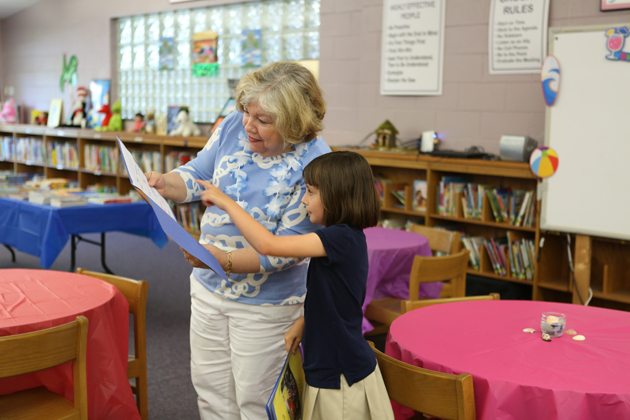
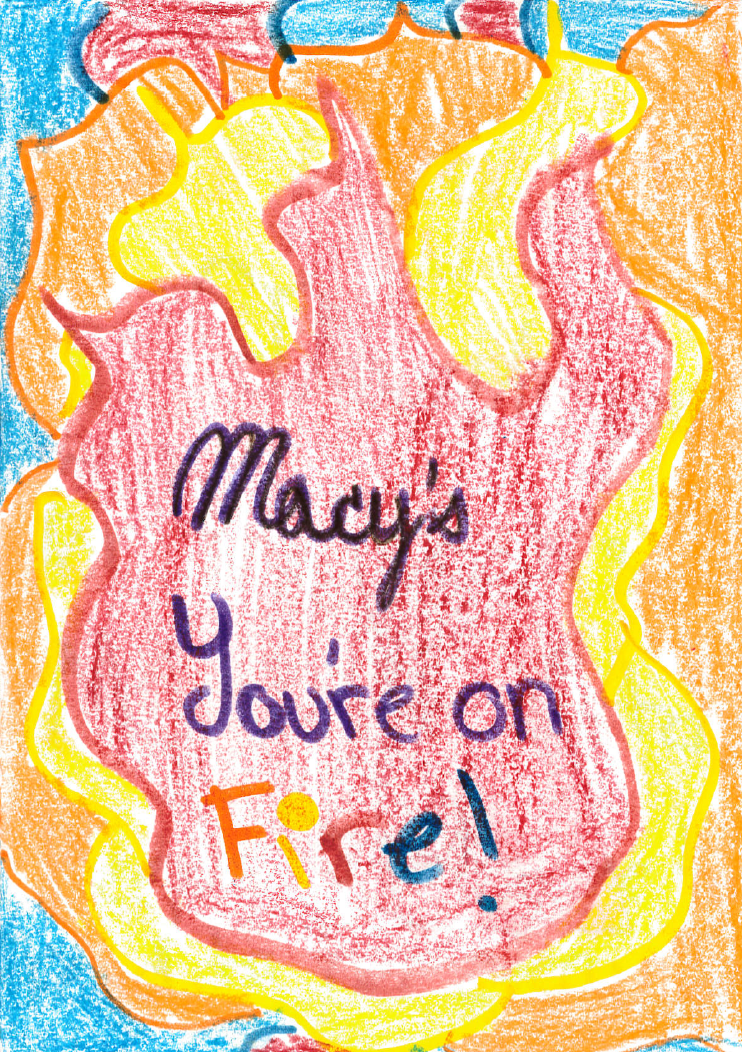

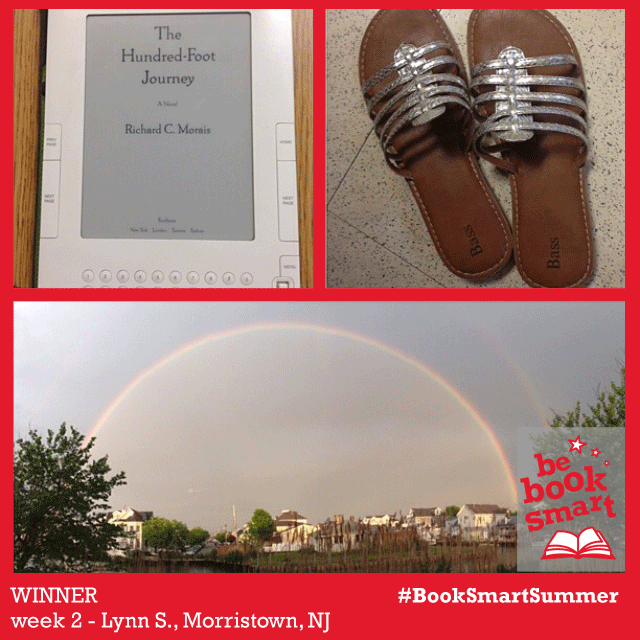
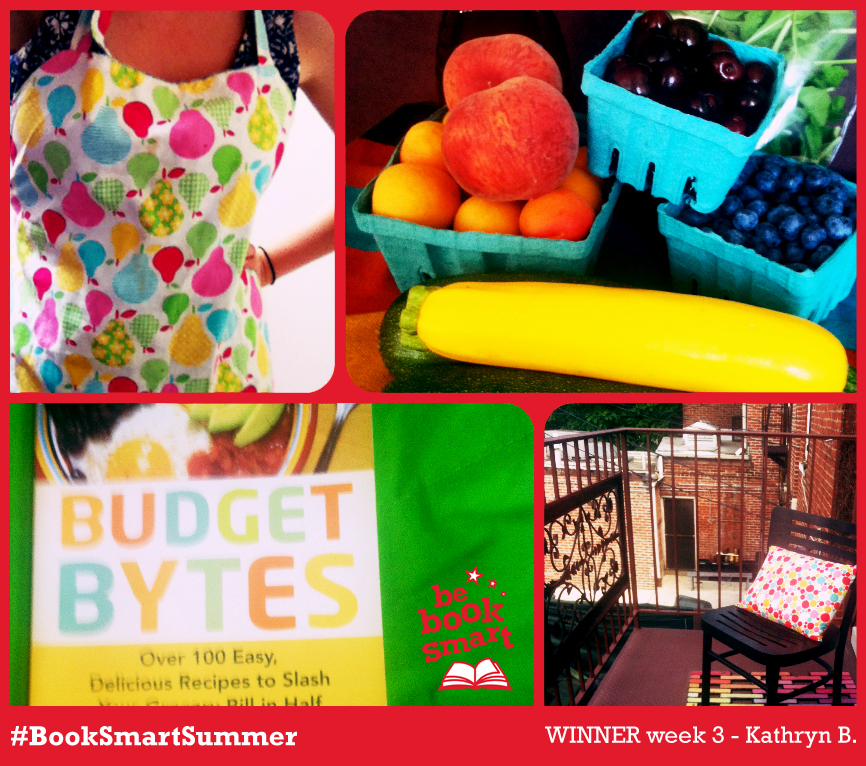
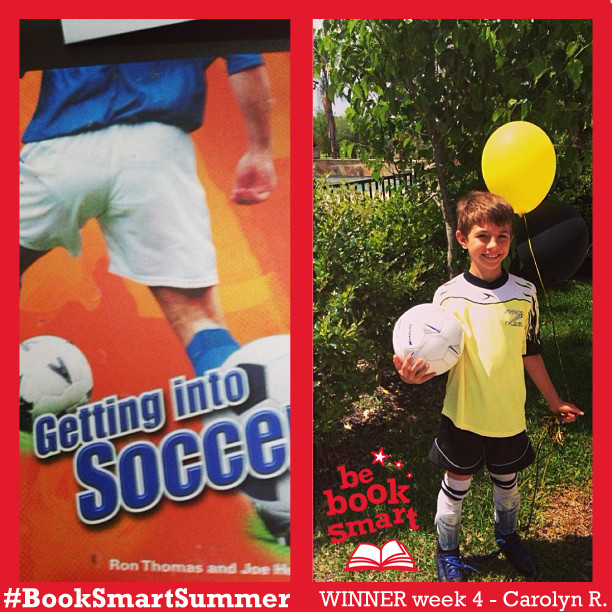
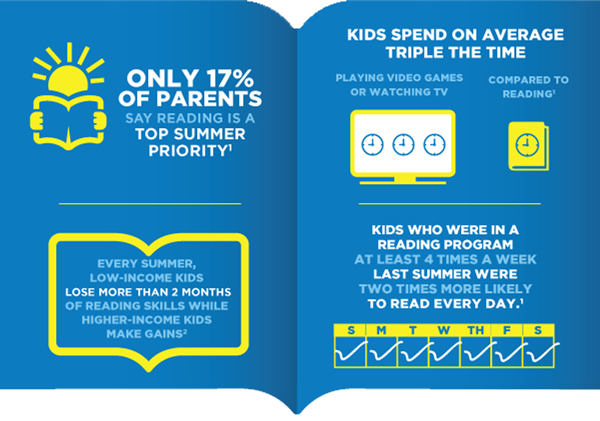
Follow Us